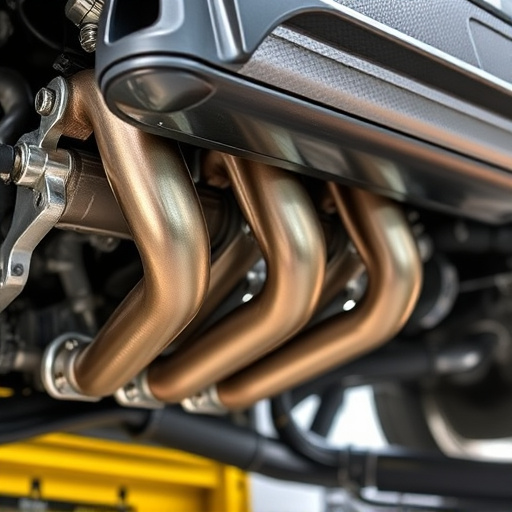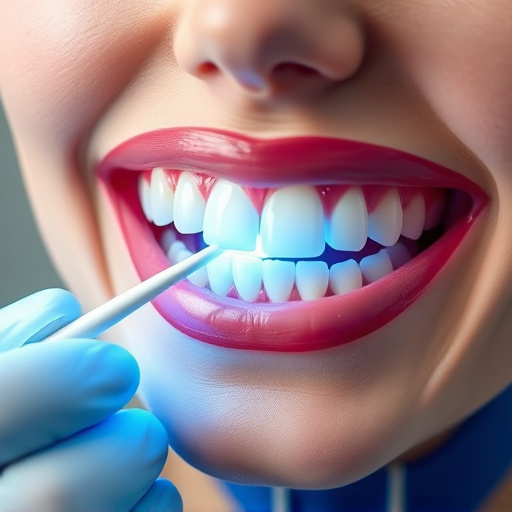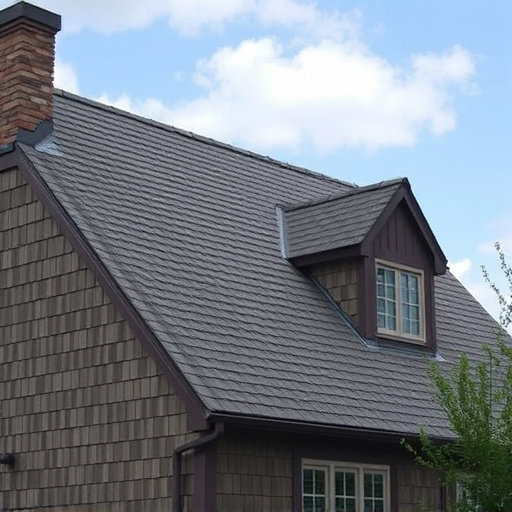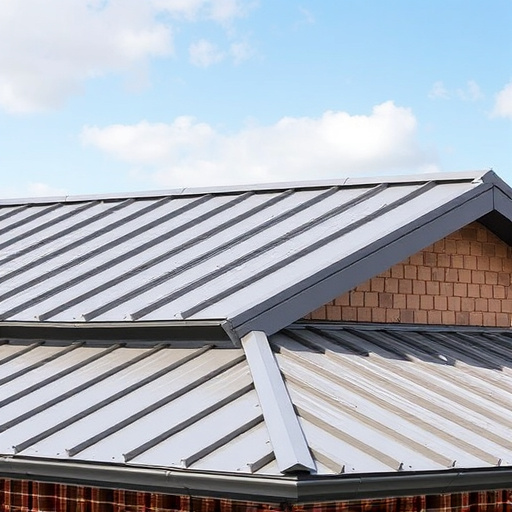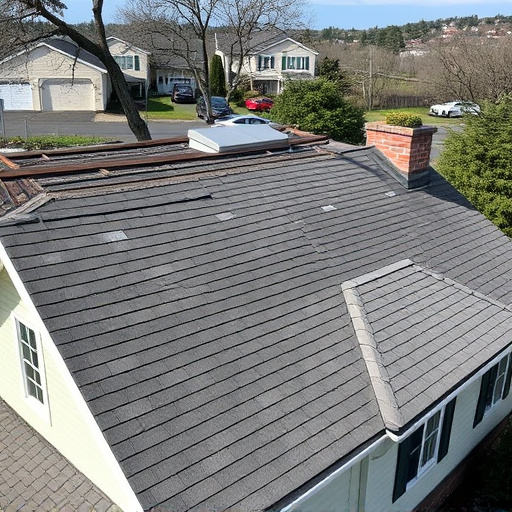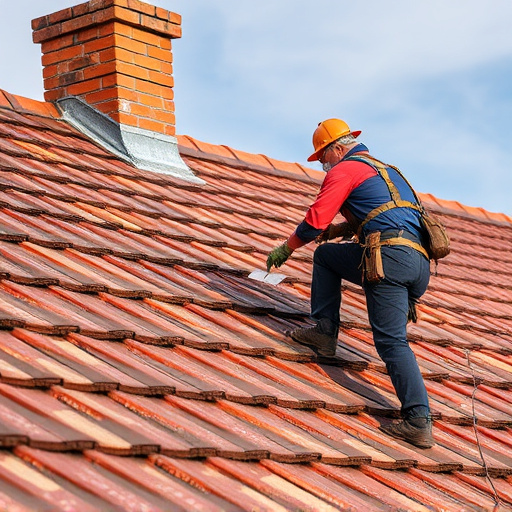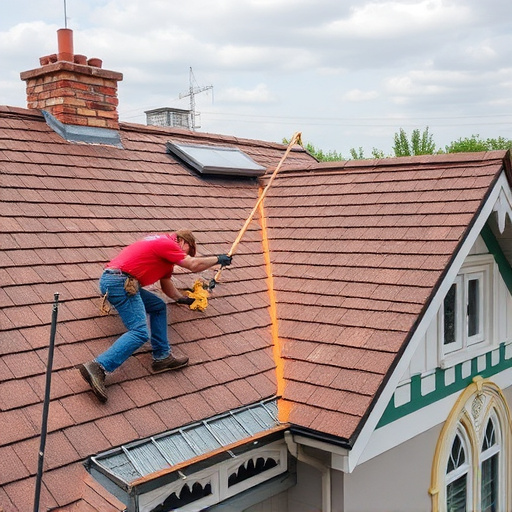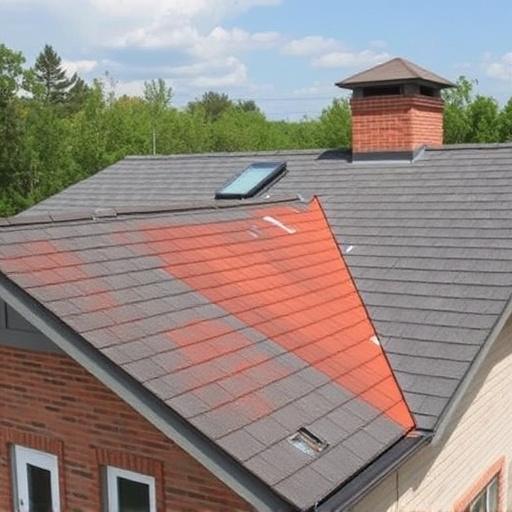Regularly inspect your home's exterior siding for cracks, chips, peeling, or blisters to prevent costly roof repair and maintain structural integrity. Environmental factors cause aging, leading to moisture intrusion and potential mold growth if left unaddressed. Prompt action through professional siding services is crucial for curb appeal and structural soundness, especially in commercial settings with harsh conditions.
As your home ages, so does its exterior siding—and signs of damage can become more apparent. This guide is designed to equip homeowners with the knowledge to identify and assess exterior siding panel damage, from common issues like cracking and peeling to water intrusion. We’ll explore both visual inspection methods and when professional help is needed, providing tools for detection and highlighting problem areas. Additionally, we offer strategies for effective repair, replacement, and long-term maintenance, ensuring your home’s exterior remains durable and attractive.
Inspecting for Common Signs of Damage
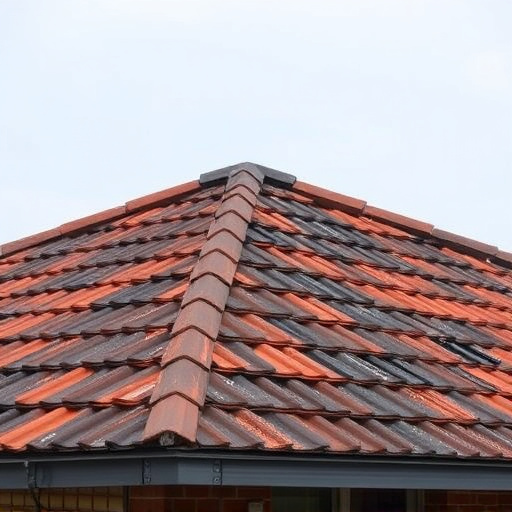
When inspecting your home’s exterior siding panels for damage, it’s crucial to be on the lookout for common signs that indicate wear and tear. One of the first things to check is for cracks or chips in the siding itself. These can often be caused by extreme weather conditions, such as heavy storms or high winds, and may expose your home to potential water damage. Pay close attention to corners and edges, as these areas are particularly vulnerable.
Another telltale sign of damage is peeling or blistered exterior siding. This usually results from moisture getting beneath the panels, which can lead to rot or further structural issues. In commercial settings, where buildings often feature commercial siding and commercial roofing, regular maintenance is even more critical due to the higher exposure to harsh environmental conditions. Should any signs of damage be observed, prompt action is necessary—including professional repair or replacement, as ignored issues can escalate into costly roof repair problems over time.
– Cracking and Fissures
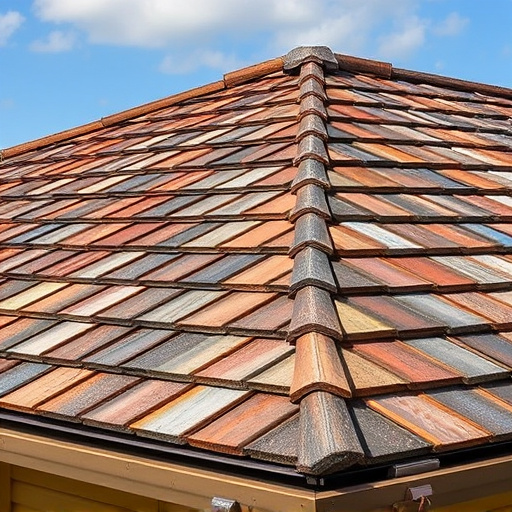
One of the most noticeable signs of aging in exterior siding panels is the development of cracks and fissures. These imperfections can range from subtle hairline fractures to deep, wide splits that compromise the structural integrity of your home’s exterior. Cracking and fissures often occur due to environmental factors such as extreme temperature fluctuations, heavy rainfall, and harsh sunlight. As the exterior siding ages, it becomes more susceptible to these elements, leading to weakening and eventual breakdown.
Regular inspection is key in identifying these issues early on. Homeowners should regularly walk around their property and examine the siding for any signs of cracks or gaps. If left unattended, these defects can allow moisture intrusion, which can result in further damage and even contribute to mold growth behind the exterior panels. Promptly addressing cracks and fissures through professional siding services or residential siding installation is crucial for maintaining your home’s curb appeal and structural soundness.
– Peeling or Blistering
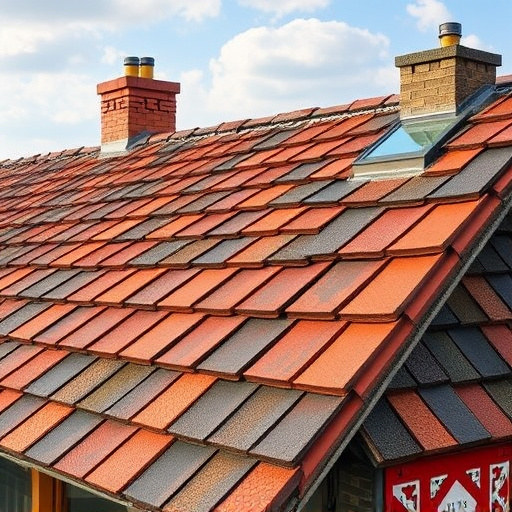
One of the most noticeable signs of aging in exterior siding panels is peeling or blistering. This often occurs due to moisture ingress, a common issue over time as siding is exposed to varying weather conditions. Peeling paint or bubbling under the surface can indicate that water has penetrated and damaged the underlying material. Over time, this moisture can weaken the integrity of the exterior siding, leading to further issues like warping, cracking, or even complete failure.
Regular inspection for these signs, especially in areas prone to high humidity or extreme temperature fluctuations, is crucial. Homeowners should be particularly vigilant about peeling or blistering on their residential roofing and siding, as it could point to underlying structural problems that may require professional roofing services or siding services to address effectively.
When examining your home’s exterior siding panels, being vigilant about potential damage is key to maintaining its overall integrity. By regularly inspecting for common signs like cracking, fissures, and peeling or blistering, you can catch issues early on. Promptly addressing these problems not only preserves the aesthetic appeal of your property but also prevents more severe, costly repairs down the line. Regular maintenance and staying attuned to any changes in your exterior siding are essential steps in keeping your home’s exterior looking its best for years to come.





